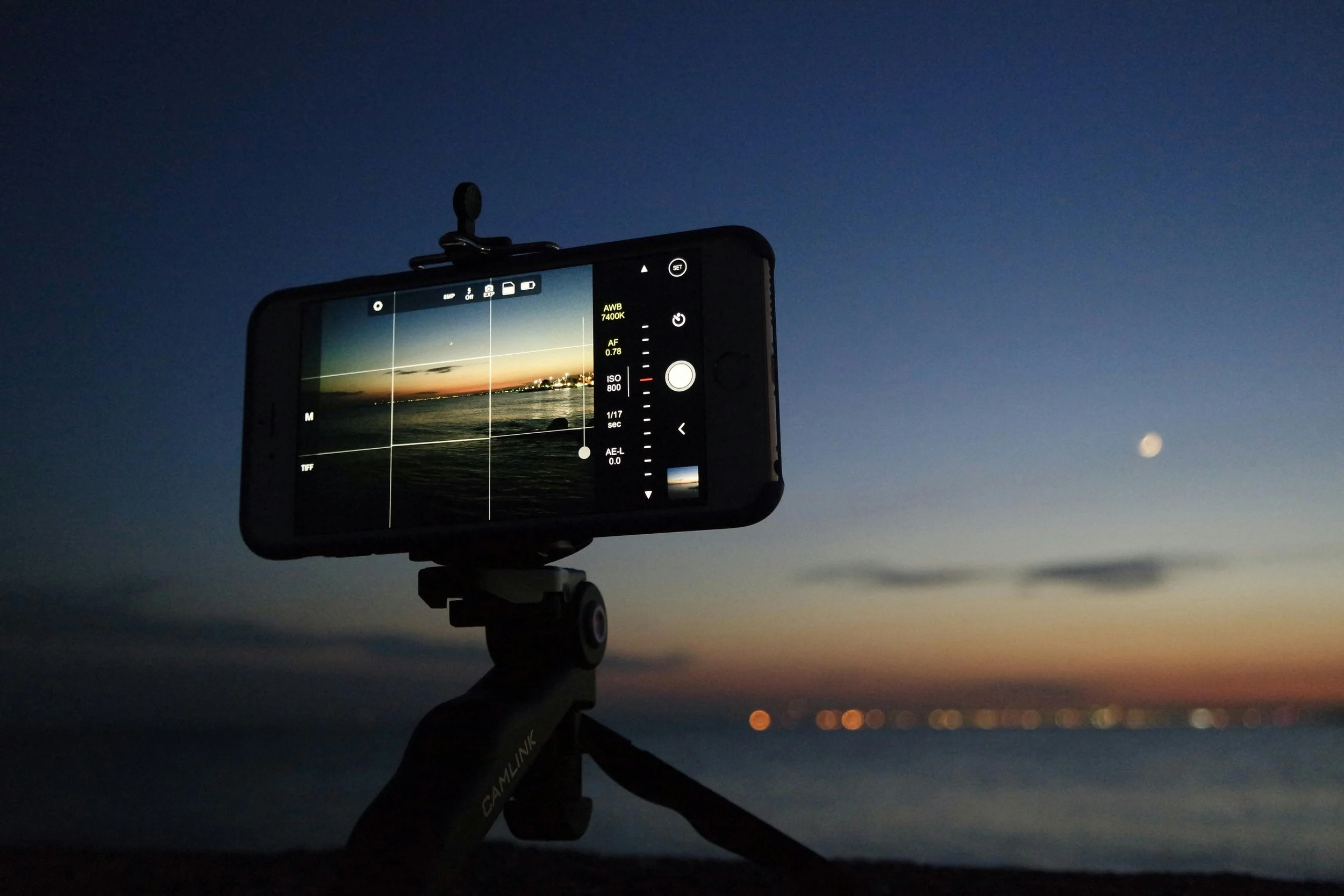Understanding Rule of thirds
The Rule of thirds is a fundamental photography principle that helps create photographs that are visually appealing.
The Rule of thirds work by simply using were the human eye tend to gravitate when viewing content such as a picture or a video. when you use the rule of thirds to compose a photograph, you divide the frame into nine equal parts using two horizontal and two vertical lines. This creates four intersection points where the most important elements of your image can be placed. By aligning your subject with these points or along the lines, you create a more balanced and engaging composition. This technique helps to draw the viewer's eye into the shot, enhancing the visual interest and emotional impact of the photograph. Rather than centering your subject, utilizing the rule of thirds encourages a more dynamic arrangement, guiding the viewer's gaze and creating a natural flow within the image.
How To Apply The Rule of thirds:
Getting started it would be easier to find the grid settings on your camera as it will make this process easier:
In portrait photography when framing a subject it is better to allign them in one of intersection points of the lines. the most used intersection point is usually the top left intersection. But each situation calls for its own positioning that is why utilizing the rule of thirds in center framing creates a balanced composition that draws the viewer's eye to the focal point while maintaining an engaging background.
While not mandatory, the rule serves as a helpful guideline for all photographers at whatever point on their journey by improving understanding of spatial relationships and image effectiveness.

